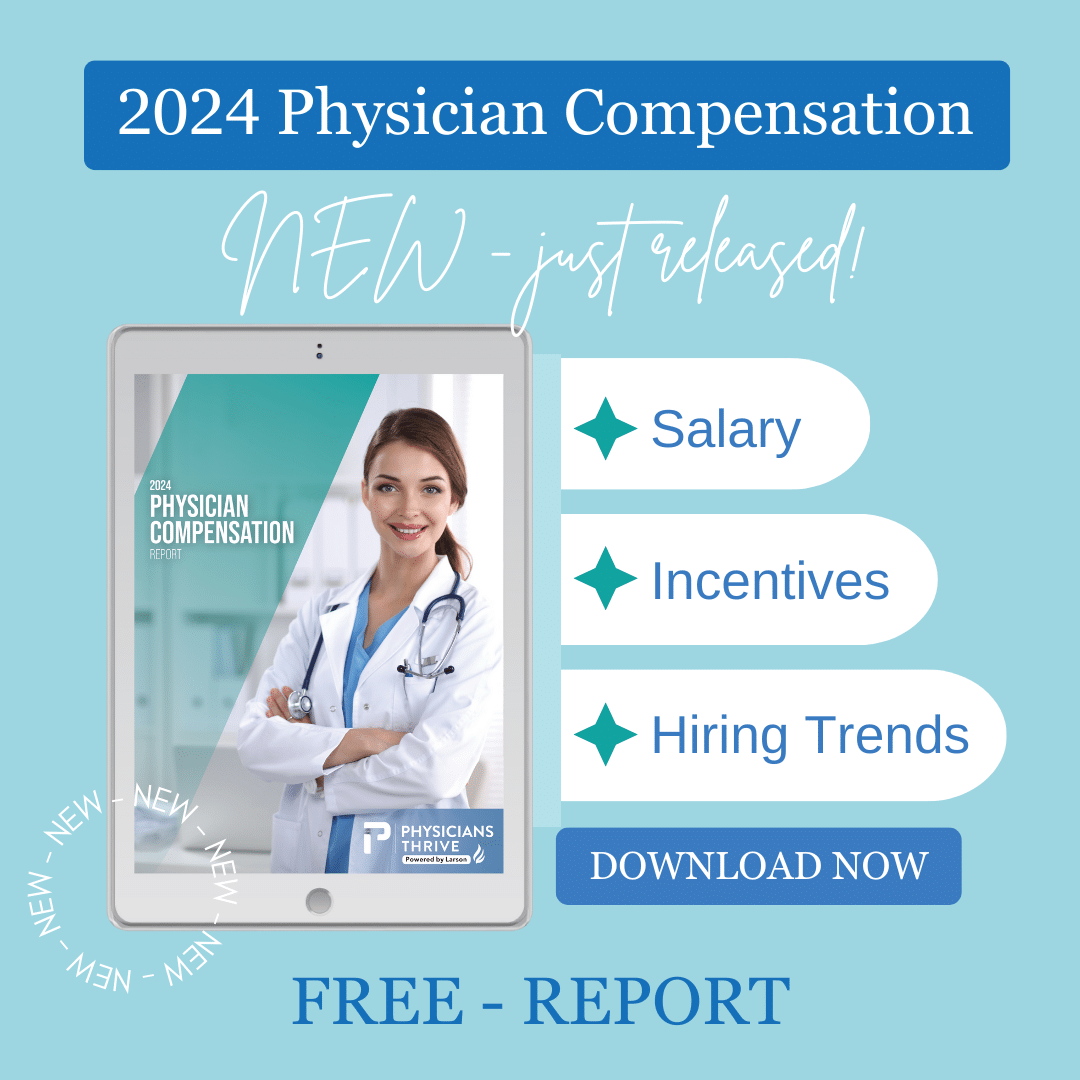Since early 2023, the U.S. Department of Education has been rolling out the Biden Administration’s income-driven repayment account adjustment scheme (also called the IDR waiver).
Under the scheme, millions of Americans have seen their federal student loans adjusted or outright erased.
Many more are expected to benefit from IDR forgiveness by September 1st, 2024. The Education Department estimates it’ll conclude its adjustments to borrower accounts on this date.
As a medical professional, you may be among the eligible borrowers who are wondering when the account adjustments or loan forgiveness will apply to you.
This article discusses the factors you’ll need to keep in mind to estimate when, if at all, the education department will apply the IDR waiver to your student loan debt.
Key Takeaways
- The IDR waiver addresses errors in student loan forgiveness programs like IDR and PSLF.
- Borrowers with older loans or long repayment histories will see adjustments sooner.
- Non-direct loan borrowers must consolidate by June 30, 2024, to benefit.
- Defaulted borrowers need to resolve defaults before the IDR waiver applies.
Table of Contents
Factors Affecting Adjustments to Eligible and Qualifying Payments
In April 2022, the Biden-Harris Administration announced the IDR waiver, along with other student loan forgiveness programs.
This one-time scheme would see the U.S. Department of Education reconsider the efforts student loan borrowers have made toward IDR forgiveness.
In particular, the waiver aimed to address the errors made by student loan servicers and others in IDR and Public Service Loan Forgiveness (PSLF) programs. Common issues included placing borrowers under consecutive forbearance or cumulative forbearance (resulting in a payment pause that didn’t freeze interest payments) and payment miscounts.
While the payment count adjustments automatically rectified the above-mentioned issues for some IDR and PSLF borrowers, others needed to take action. If you fall into the latter category, the following factors may affect how long it takes to see adjustments.
Borrower Repayment Status
The IDR waiver extends to borrowers with different types of eligible loans, including those who’ve:
- made qualifying payments for a period ranging between 20 and 25 years; and/or
- Made 120 payments under a PSLF application.
Indeed, the Department of Education hasn’t explicitly stated that it makes its account adjustments in any particular order. However, it’s also noteworthy that some of the first people to have their loans forgiven have the oldest loans (and have made the biggest payments).
Thus, if you don’t fall into the above category of borrower, you can expect to hear about any adjustments to your debt later than borrowers who do.
Loan Type (Direct Loans vs. Commercially-Held Loans)
Borrowers who didn’t use a direct loan program, or who refinanced, had to undergo loan consolidation before they could get on track to have their loans forgiven. Examples of such commercially-held loans included:
- Federal Family Education Loan (FFEL)
- Health Education Assistance Loan (HEAL)
- Perkins loans
If you didn’t take out PSLF-eligible direct loans or similar graduate loans, you had to consolidate by the 30th of April 2024, a deadline that was extended to the 30th of June.
Direct consolidation loan applications typically take a minimum of 60 days to process. Thus, anyone who applies for direct consolidation loans within the deadline will have to wait a little longer than others to see adjustments to their remaining loan balance.
Defaulted Loans
If you’ve defaulted on your loan payments, you’ll have to get out of default before the IDR waiver can apply to you. Additionally, if your defaulted loan is commercially-held, you’ll need to consolidate. Applications for both solutions to loan defaults will take time, meaning that a long wait to see the IDR waiver applies regardless of your particular situation.
One option for getting out of default is to go through Fresh Start, a COVID-era scheme that gives benefits to defaulting borrowers. The scheme runs until 30th September 2024. Learn about it here.
Final Thoughts
The speed at which the IDR waiver is applied to your debt will depend on factors like your borrowing status, loan type, and whether you’re in default. If you’ve managed to apply for the waiver by the extended June 30th, 2024 deadline, you can expect to hear back by late September.
However, if you missed the deadline but need advice related to a new direct consolidation loan or getting out of default, contact us. One of our experts will be happy to consult with you on the next steps, benefits, and pitfalls to be aware of.






































